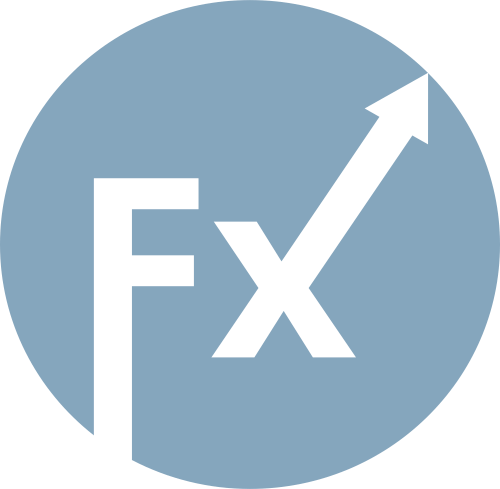S&P 500
Overview for April 18
US market: Trump blasts Fed Chair Powell, but stocks hold steady
Major US indices on Thursday: Dow -1.3%, NASDAQ -0.1%, S&P 500 +0.1%, S&P 500: 5,282, trading range: 5,100-5,800.
On Thursday, Donald Trump fired back with scathing criticism of Fed Chair Jerome Powell's remarks on Wednesday, practically calling for a rate cut "just like in Europe." Trump went as far as hinting Powell should be removed if he refuses to lower interest rates. However, Powell cannot be dismissed before his term ends in May 2026, even though Trump himself appointed him back in 2017. Even Treasury Secretary Bessent, not known for particularly nuanced commentary, urged against speculating on Powell's removal, warning it could trigger a fresh wave of market negativity. Ironically, it was Trump's tariff policy that led to lower expectations for a Fed rate cut.
Meanwhile, the ECB followed through as expected, cutting all three of its key rates by 25 basis points.
The stock market on Thursday saw some turbulence amid mixed headlines and corporate news.
The S&P 500 (+0.1%) and Nasdaq Composite (-0.1%) traded on both sides of the flatline, while the Dow Jones Industrial Average (-1.3%) notably underperformed its peers.
The DJIA's lag was largely tied to a sharp earnings-driven decline in UnitedHealth (UNH 454.11, -130.93, -22.4%), one of the index's heaviest components.
Still, the overall market tone was positive. The equal-weighted S&P 500 closed 0.7% higher, the Russell 2000 gained 0.9%, and the S&P Mid Cap 400 rose 0.8%.
Market breadth was solid throughout the session, with advancing stocks outnumbering decliners by a 3-to-1 margin on the NYSE and 2-to-1 on the Nasdaq.
The biggest price swings were concentrated in individual names with specific catalysts. Eli Lilly (LLY 839.96, +105.06, +14.3%) surged after reporting positive results from a weight-loss drug trial.
Alphabet (GOOG 153.36, -2.14, -1.4%) was a notable laggard after Reuters reported that a federal judge ruled the company maintains an illegal monopoly in online advertising technology.
Treasuries ended lower. The 10-year yield rose five basis points on the day but fell 16 basis points for the week, closing at 4.33%.
Year-to-date performance:
Dow Jones Industrial Average: -8.0%S&P 500: -10.2%S&P Midcap 400: -12.1%Nasdaq Composite: -15.7%Russell 2000: -15.7%
Economic data overview:
March housing starts came in at 1.324 million (consensus: 1.418 million); the previous figure was revised down from 1.501 million to 1.494 million.March building permits totaled 1.482 million (consensus: 1.455 million); the previous figure was revised up slightly from 1.456 million to 1.459 million.
Key takeaway from the report: Housing starts fell 14.2% and permits dropped 2.0% month-over-month, as affordability constraints, driven by higher mortgage rates and construction costs, appear to have dampened builder activity.
April Philadelphia Fed Index: -26.4 (consensus: 10.0); previous reading: 12.5
The most striking detail: new orders plunged from 8.7 to -34.2, signaling a significant drop in demand. At the same time, the prices paid index increased from 48.3 to 51.0.
Weekly initial jobless claims: 215,000 (consensus: 225,000); prior figure revised from 223,000 to 224,000
Weekly continuing claims: 1.885 million; prior revised from 1.850 million to 1.844 million
Labor market takeaway: The low level of initial claims supports the view that the job market remains resilient. This also bodes well for April's nonfarm payroll forecast, as the data reflects the key reference week for the employment survey.
Looking ahead to Monday:
Markets will receive the March Leading Indicators report at 10:00 a.m. ET (previous: -0.3%).
Energy: Brent crude is currently trading at $67.80.
Conclusion: Despite recent declines, the US market continues to show resilience. And while the economy faces headwinds, there are also encouraging signs. It is advisable to hold long positions from recent lows as there is still room for upside.

QUICK LINKS